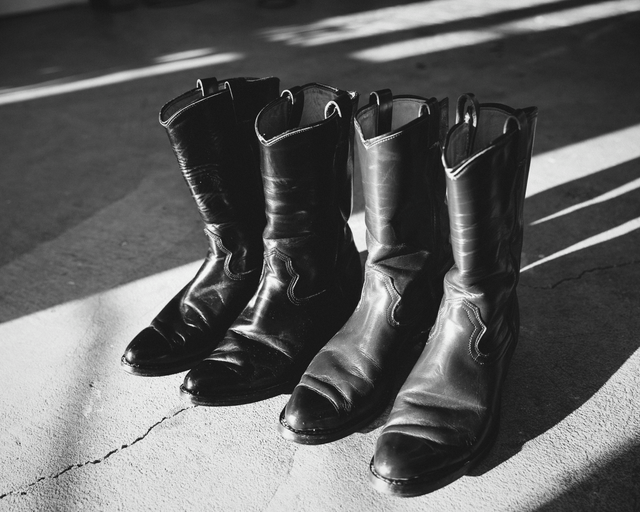Preserving the Craft
26th July, 2023
Sixty years ago, Edwin Viberg went beyond offering a single type of construction by introducing Channeled Insole Goodyear Welt. He aimed to utilize his knowledge and skills as a shoemaker, leveraging the durability his boots had demonstrated during the Great Depression and in rugged industrial logging environments. This led to the expansion of his product line, offering the same value propositions across various styles, including dress shoes, western boots, and alpine hiking boots.

We believe this form of Goodyear Welt is the closest technique to hand welting, as the foot rests directly on the insole, to which the welt and entire shoe are attached.
This creates a unique opportunity for the channeled leather insole to conform to the shape of the last and mold itself to the contours of your feet over time.

The inside and outside feathering of the leather insole (channeling) creates a curve that matches the anatomical shape of your feet. With each step and flex of the shoe, your feet will shape and conform to the contours of the insole.


An alternative to this type of Goodyear Welted footwear is to use a thinner weight leather of fiber insole with a glued-on rib. While this approach may offer some of the same benefits of a channeled insole or hand welted construction, it significantly reduces the longevity and the connection between the shoe and your feet. It is important to note that this alternative construction is not inferior to the aforementioned methods; it simply deviates from the purest form of Goodyear Welted footwear.
We are proud to uphold the construction method that Edwin set out to create, and we are one of the few remaining manufacturers in the world that produces this type of construction.


